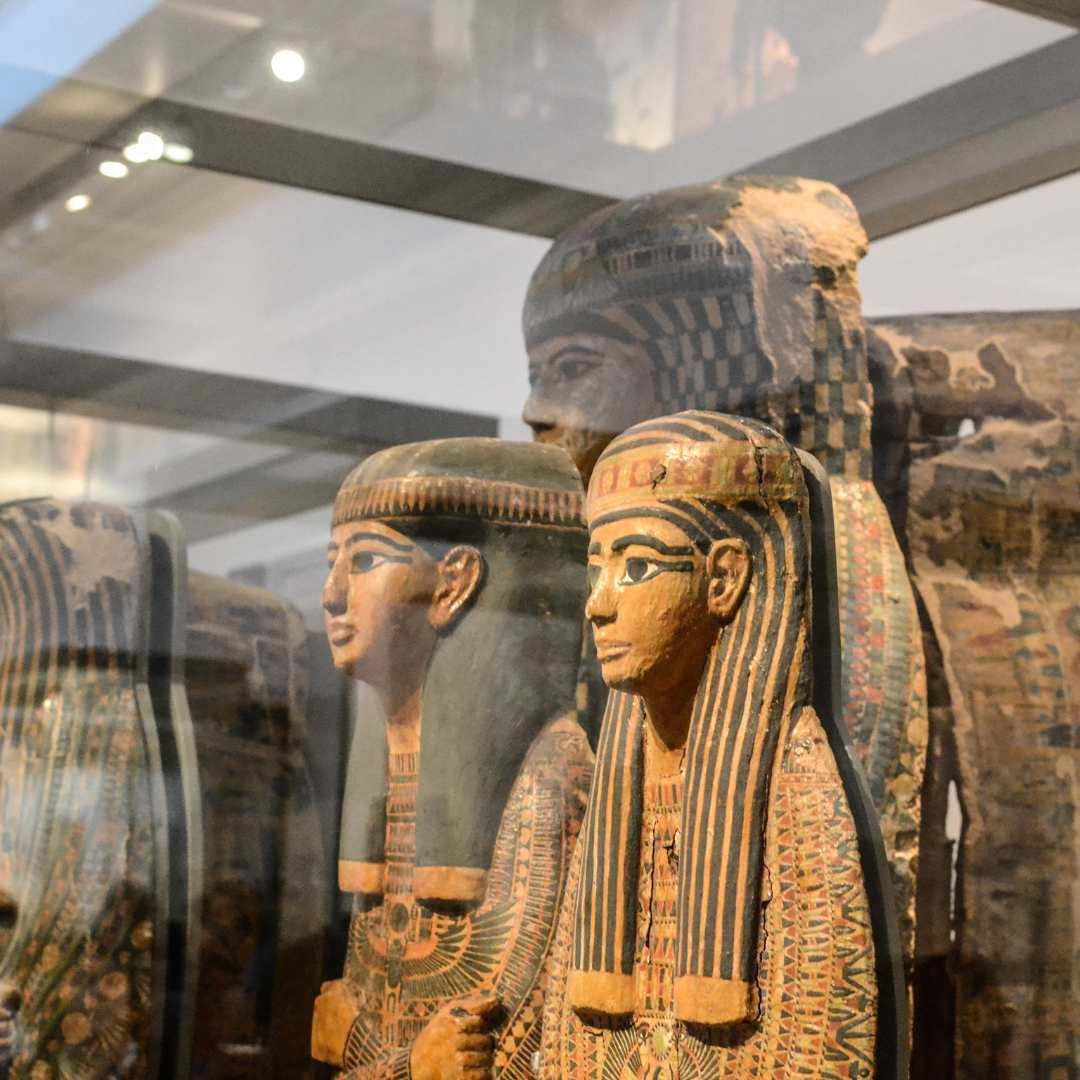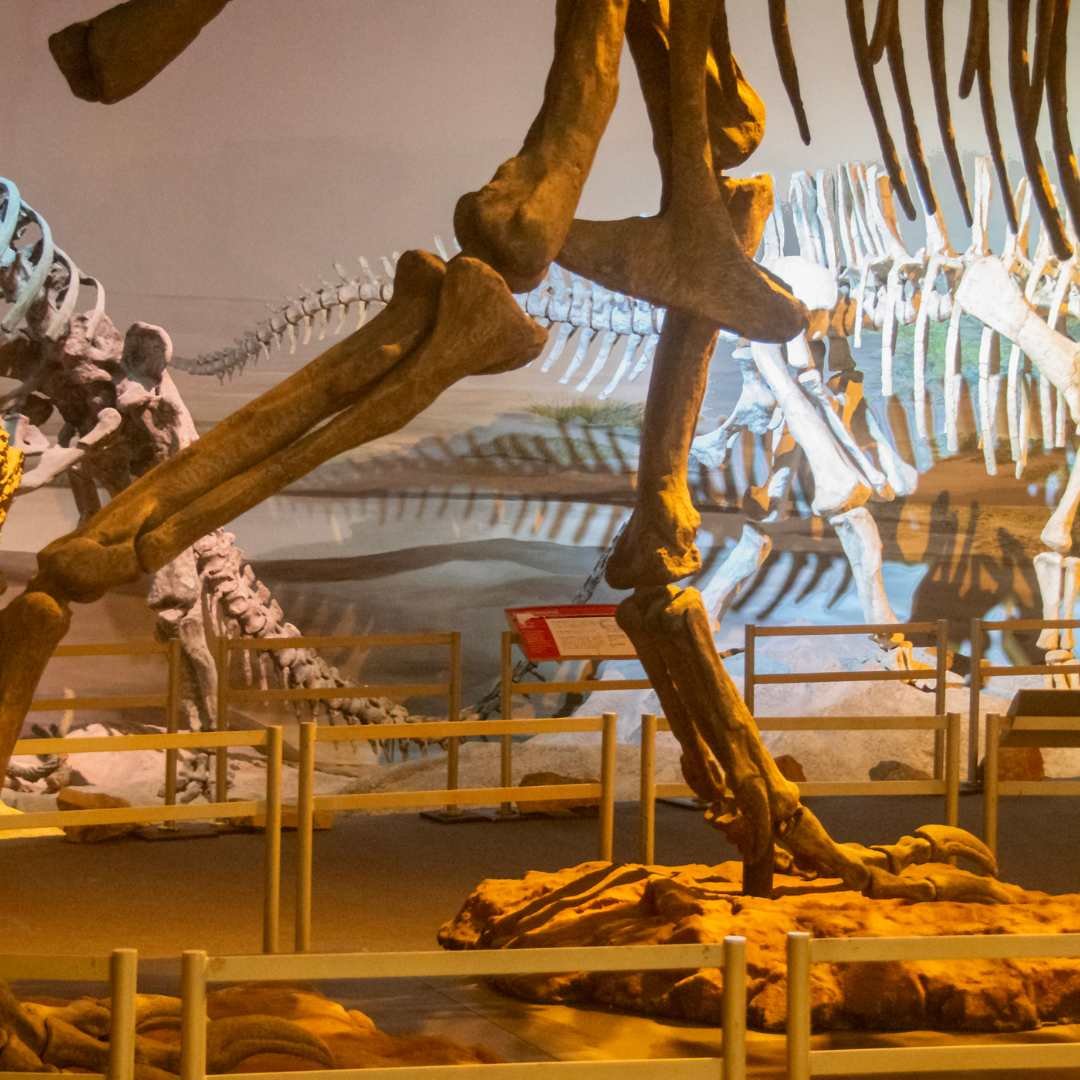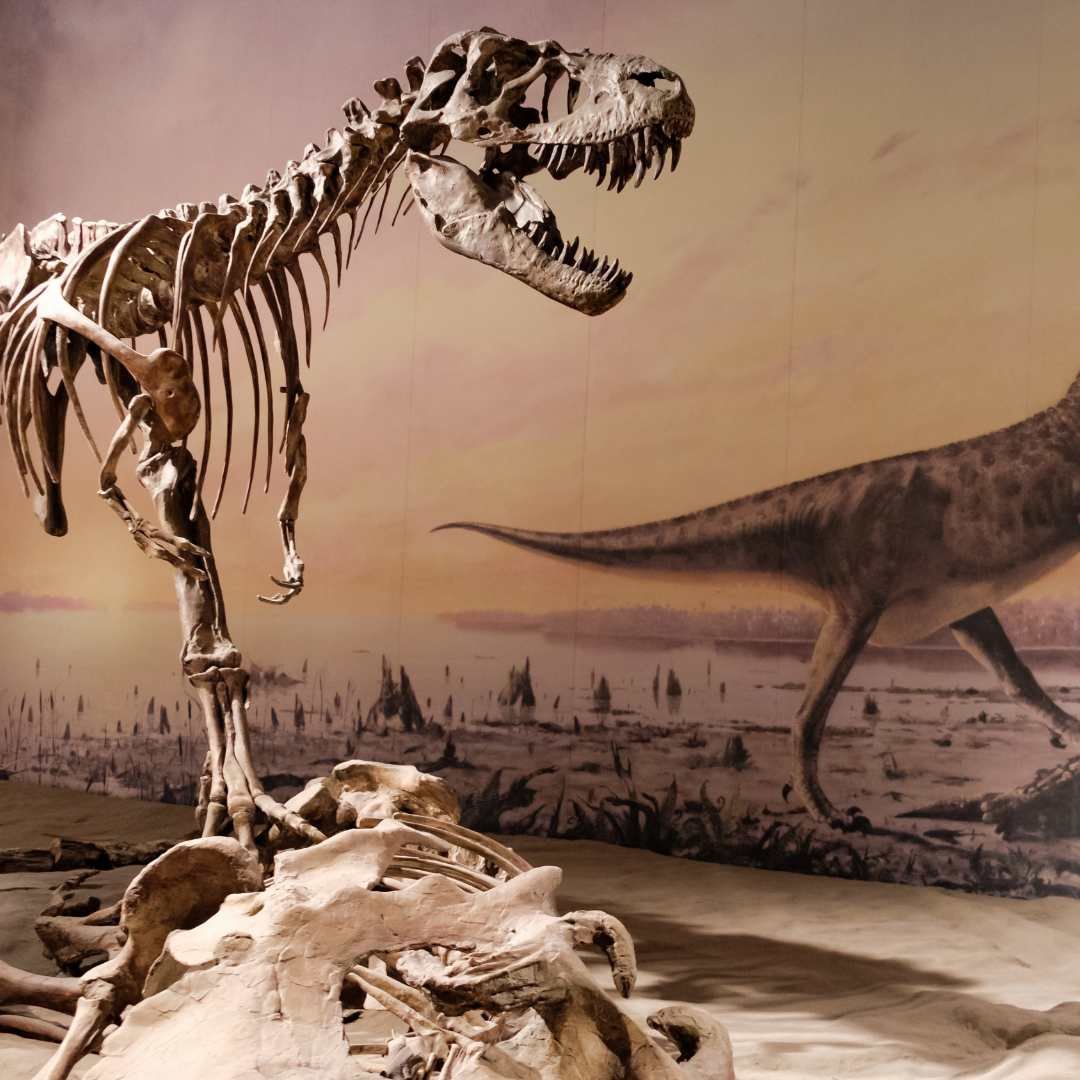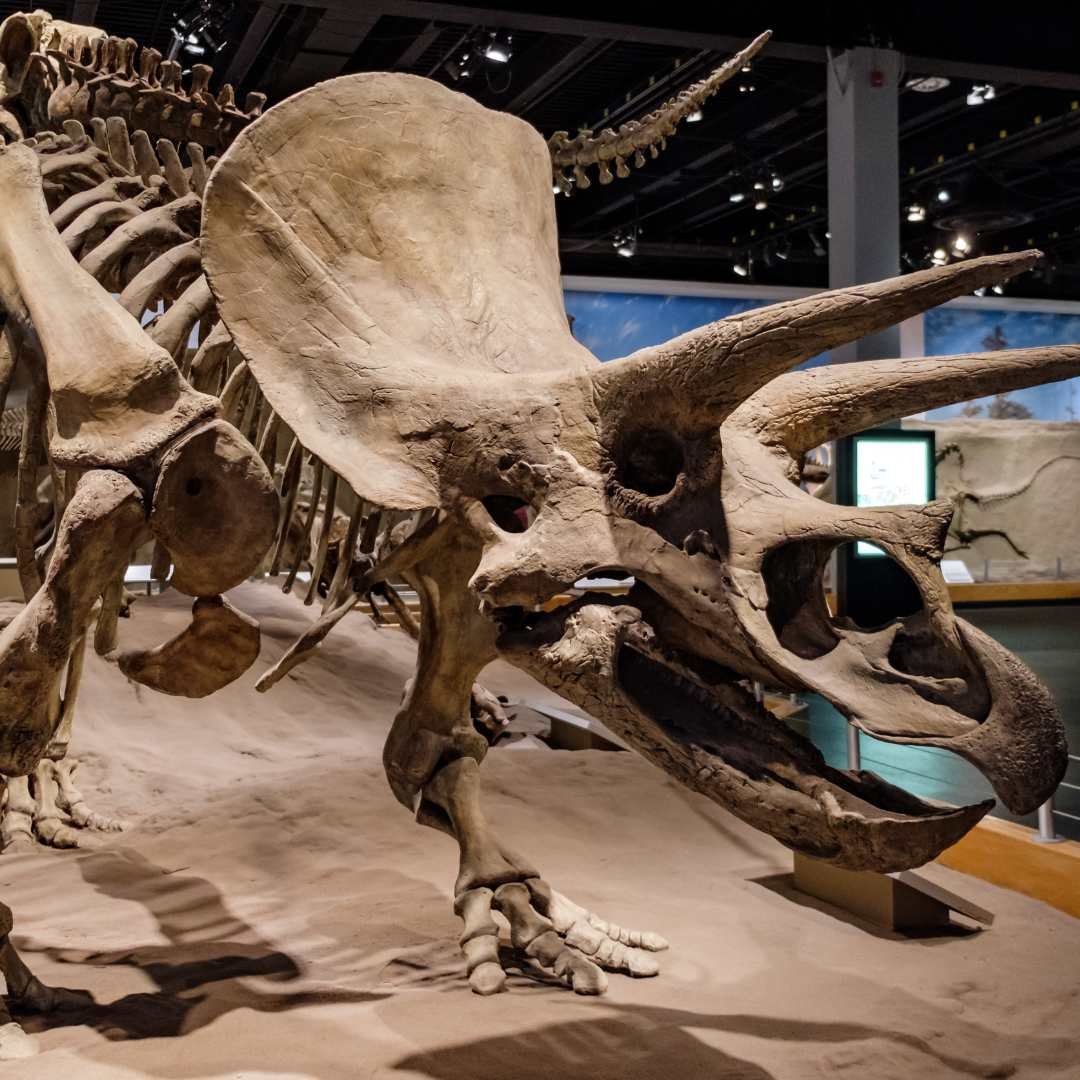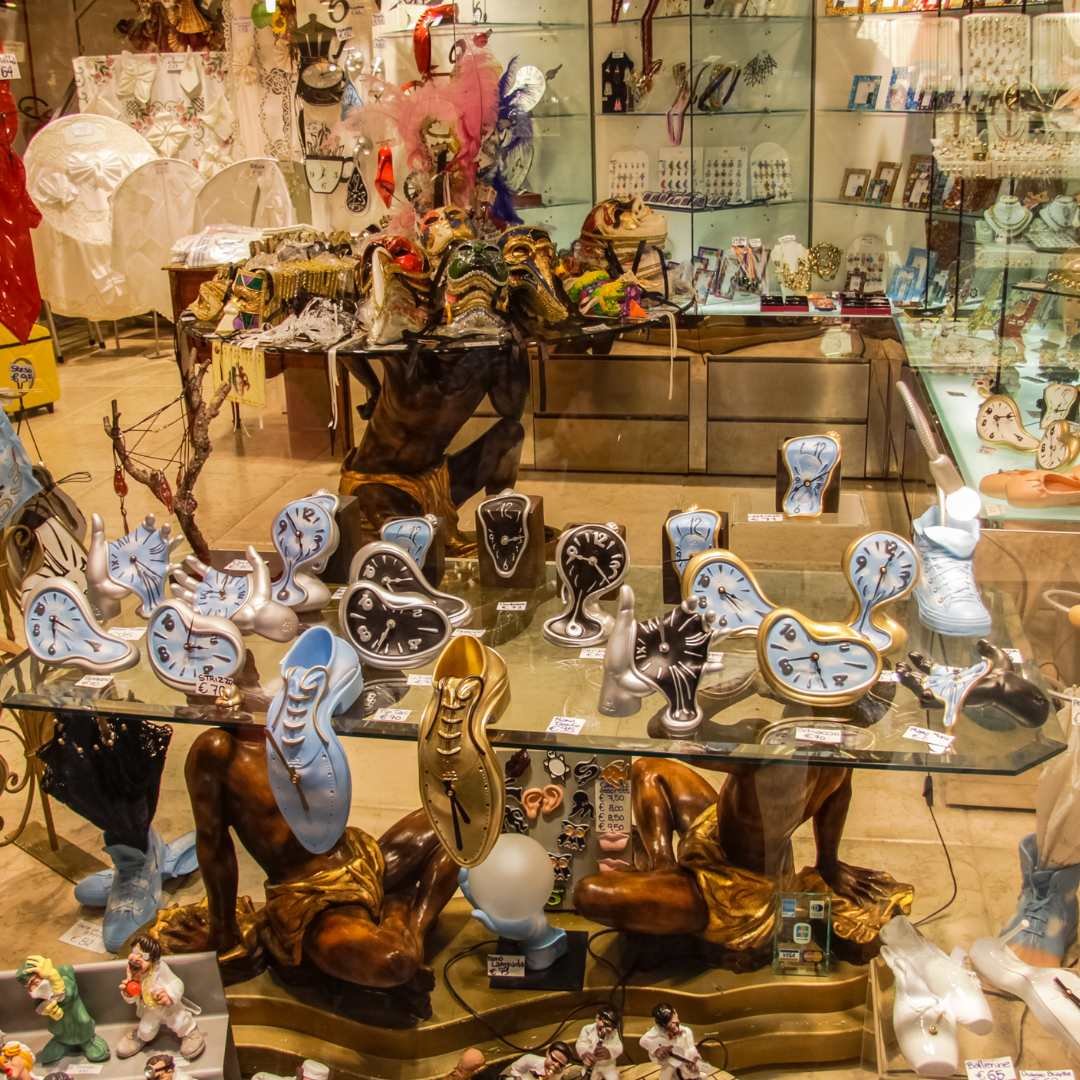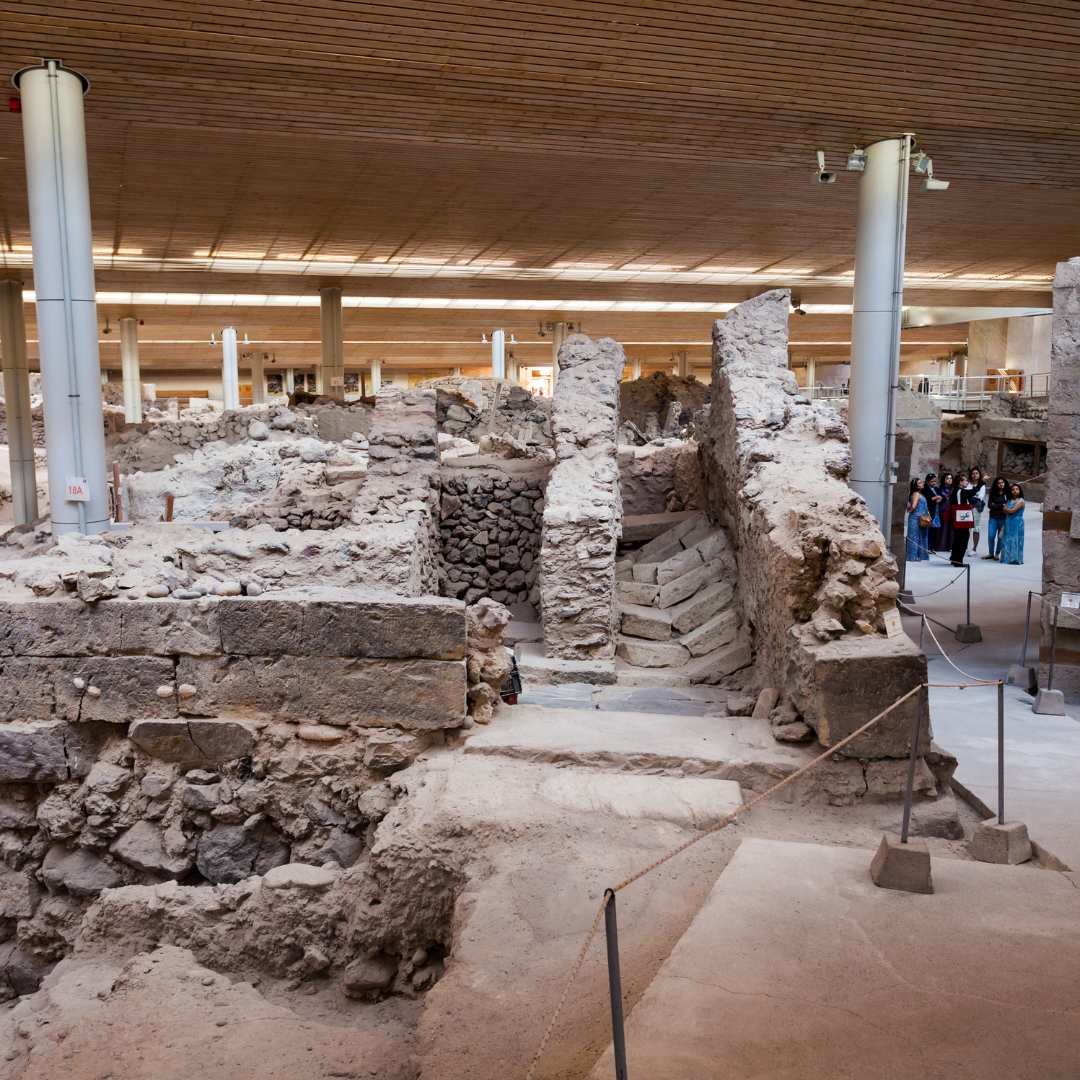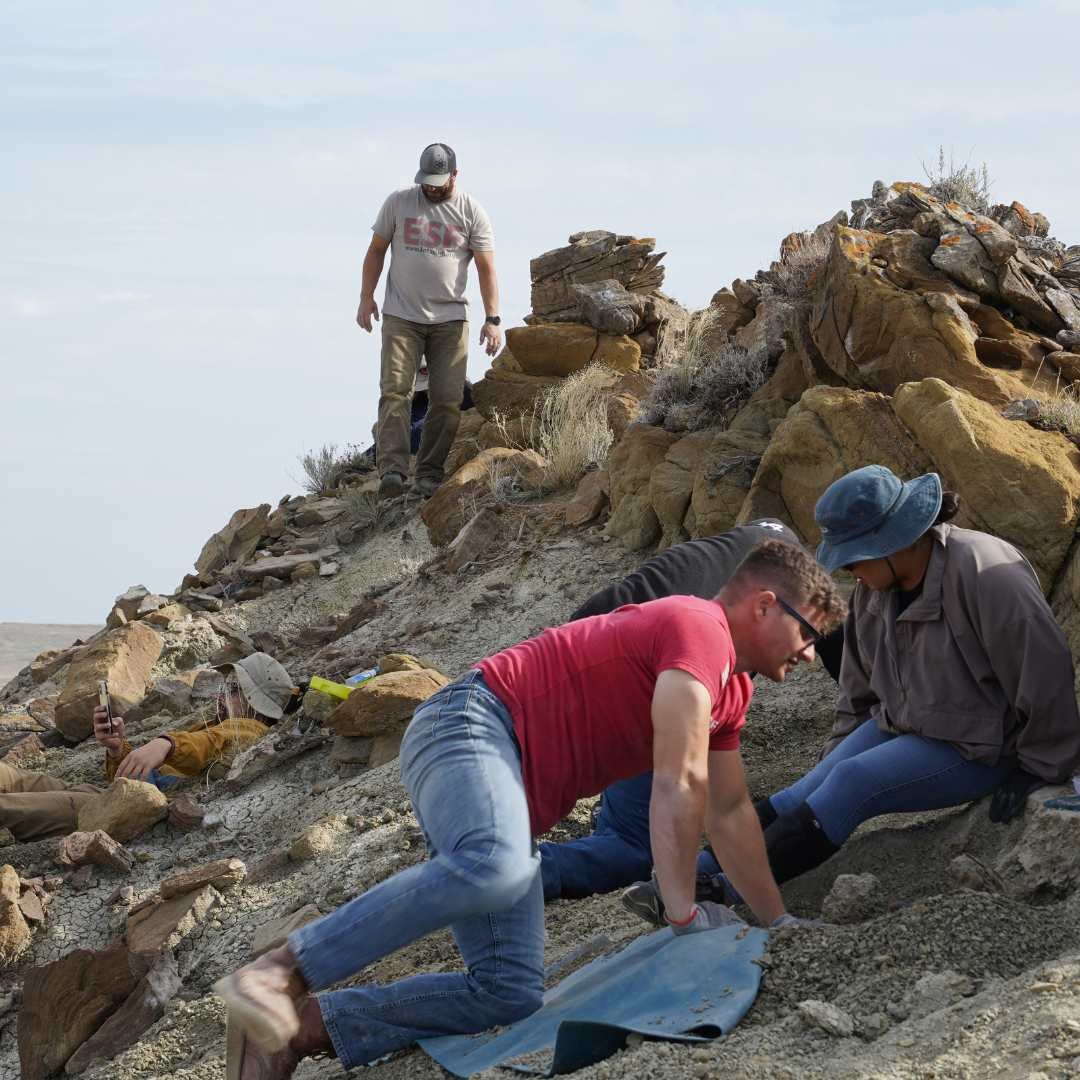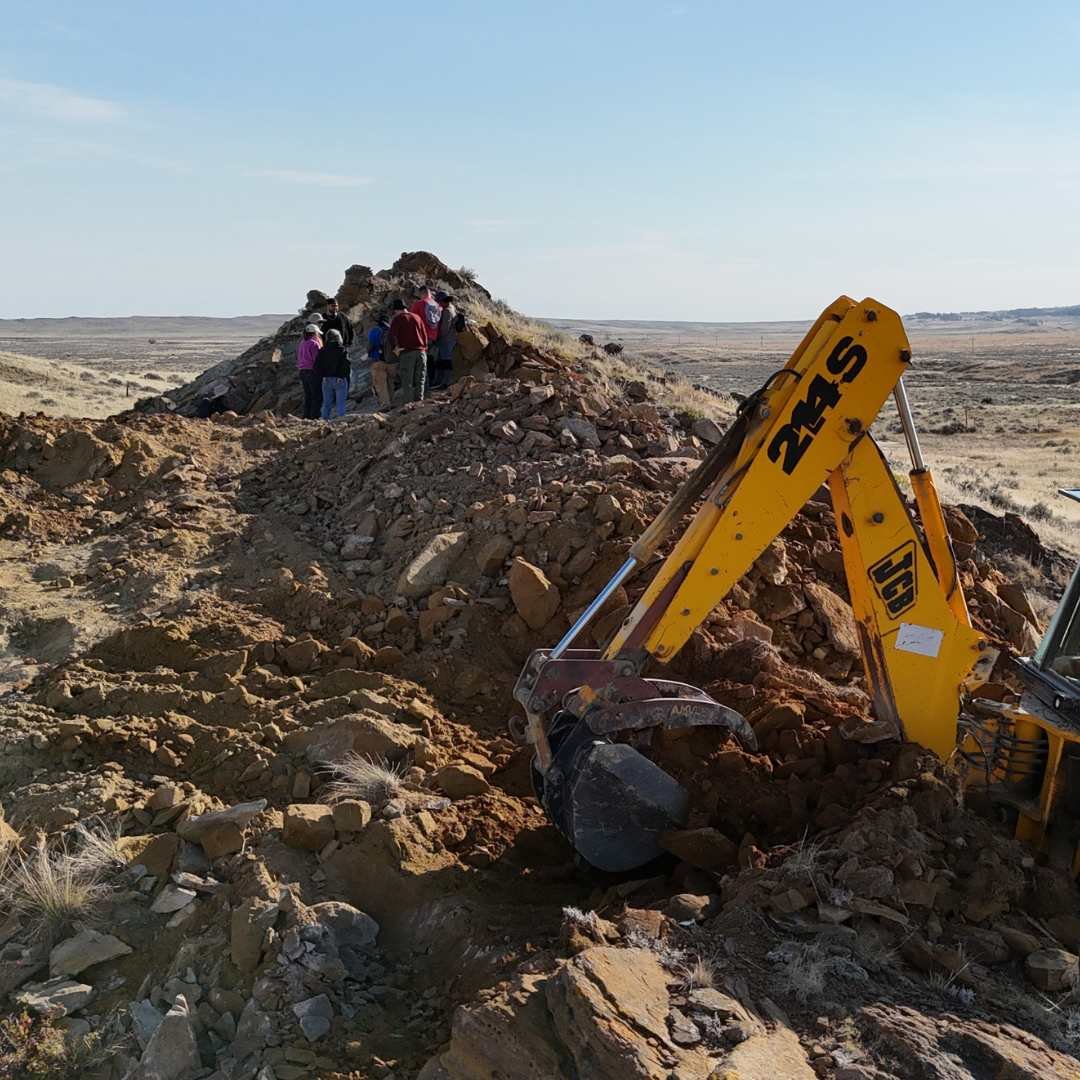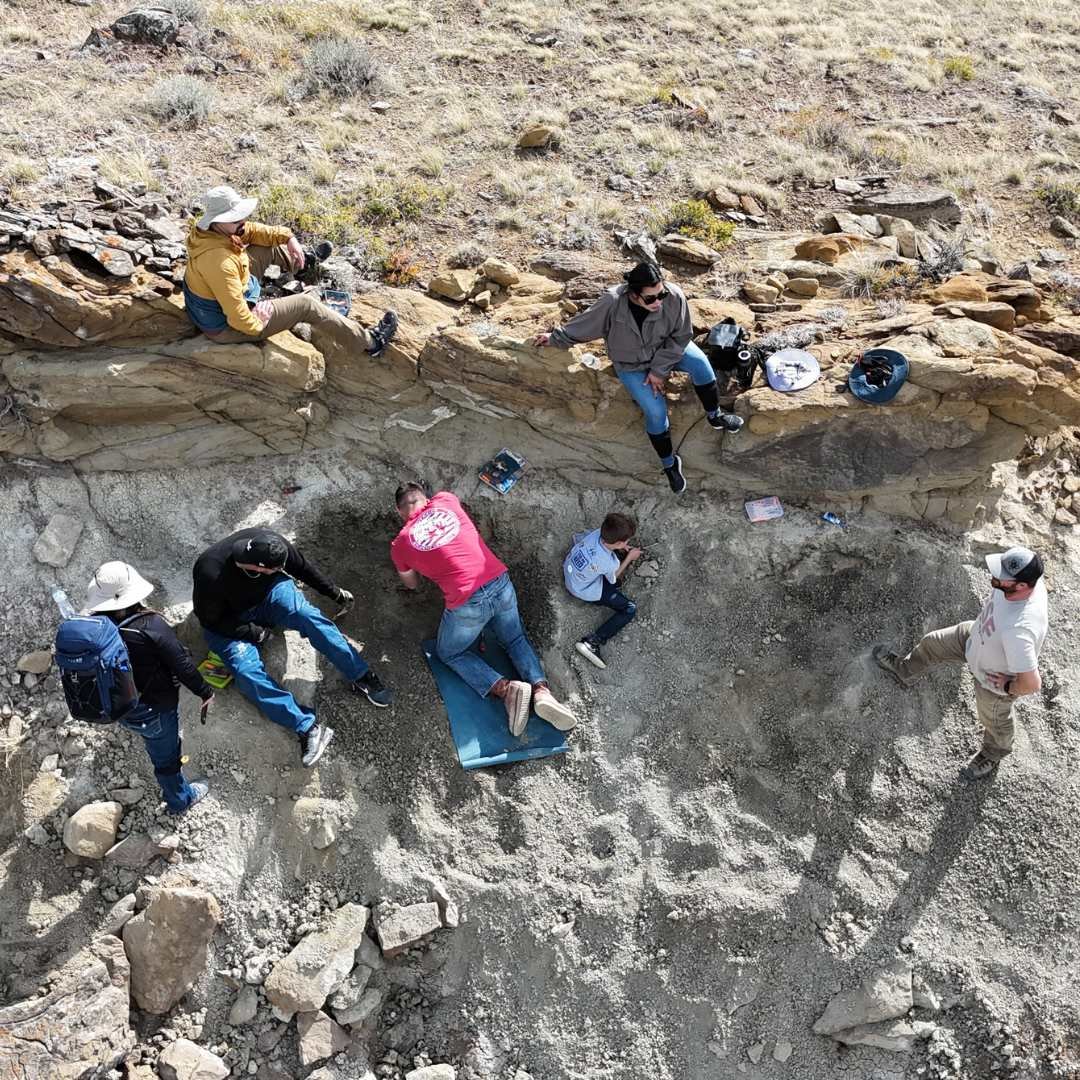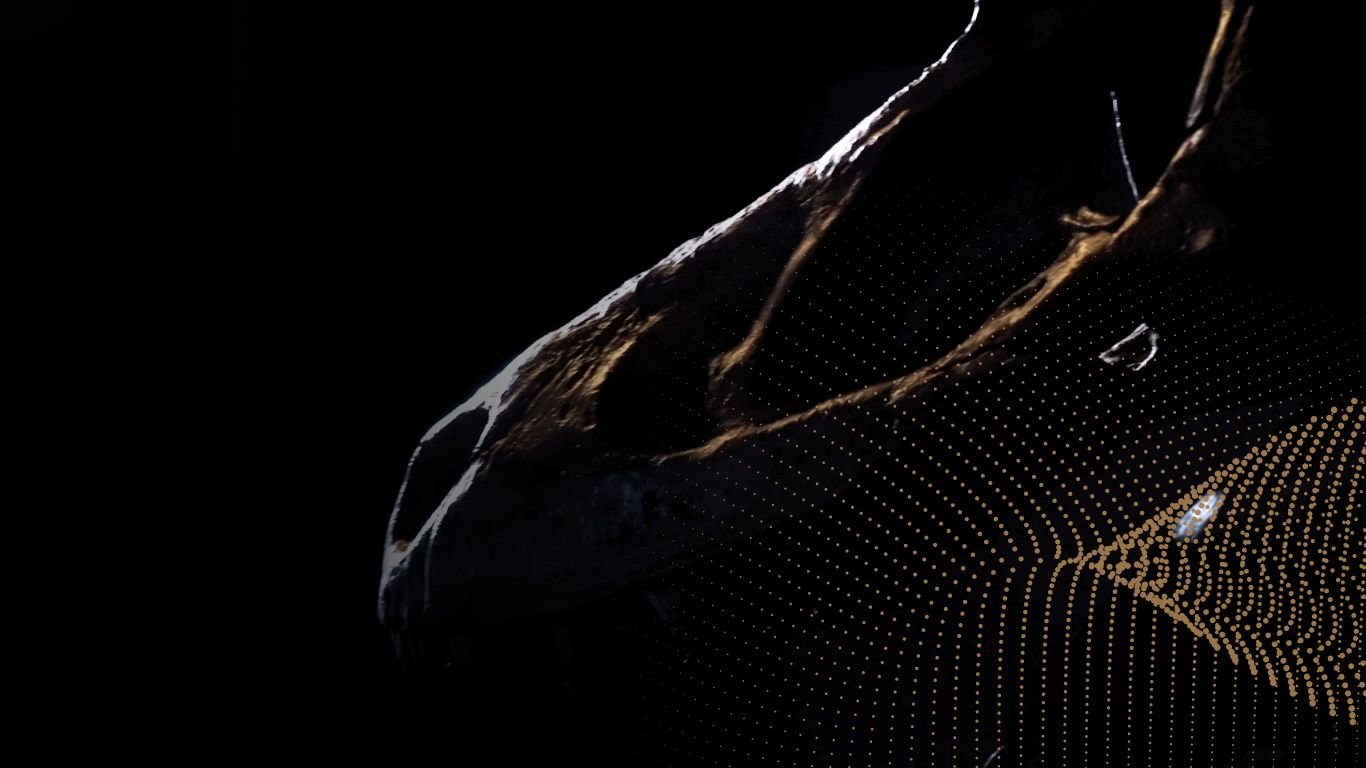
Dig 2 Display
is a geospatial data management program built for paleontological, geological, and archaeological professionals. It is designed to improve efficiency, speed, and consistency of data curation for these fields.
Why Dig 2 Display?
Asset 2 Archive’s Dig 2 Display solution revolutionizes the way fossils, Indigenous artifacts, and other critical discoveries are tagged, tracked, and managed. By leveraging RFID and unique identification processes, Dig 2 Display creates an accurate, real-time database that not only supports state-of-the-art asset management but also establishes a comprehensive digital footprint of every artifact—capturing its origin, context, and journey.
A key advantage of the Dig 2 Display system is its ability to deliver real-time reporting, enabling researchers to monitor discoveries as they happen. This feature ensures that field teams, remote collaborators, and governing bodies can stay informed and aligned. By providing instant access to accurate, up-to-date information, the system streamlines communication, accelerates decision-making, and enhances accountability.
Until now, monitoring paleontological, geological, and archaeological sites has been a significant challenge. Asset 2 Archive’s innovative approach combines passive tagging technology with cutting-edge software to ensure every discovery is seamlessly tracked—from the moment it is unearthed to its final destination, whether in archives, repositories, or displays. This system not only saves time and resources but also fosters greater collaboration between field teams and stakeholders, ensuring that artifacts and fossils are preserved, protected, and shared effectively.
-
RFID tagging simplifies cataloging and managing artifacts, fossils, and geological samples by creating a centralized, real-time database for all discoveries.
-
Automating data collection and asset tracking reduces the time spent on manual logging and inventory management, allowing researchers to focus on analysis and discovery.
-
RFID tags linked to GPS data provide exact locations for artifacts, making it easier to revisit sites or verify the provenance of items.
-
A digital record enables researchers to share findings instantly with colleagues, institutions, and Indigenous communities, fostering collaboration and transparency.
-
RFID technology ensures artifacts and fossils can be easily tracked, reducing the likelihood of misplacement, theft, or mishandling during transport or storage.
-
Digital records allow the capture of critical contextual information—such as environmental data, photos, and 3D scans—ensuring the full story of each find is preserved.
-
Automated inventory and tracking reduce redundancies and errors, saving money on repeated surveys, misplaced materials, and wasted resources.
-
Digitally tracking and monitoring findings enables seamless sharing with Indigenous communities, museums, and the public through interactive displays, virtual archives, and educational tools.
-
A transparent and traceable system helps meet regulatory requirements, protects cultural heritage, and ensures ethical stewardship of artifacts and fossils.
-
By creating a permanent, digital record, findings are preserved for future generations of researchers, providing a lasting resource for study, education, and storytelling.
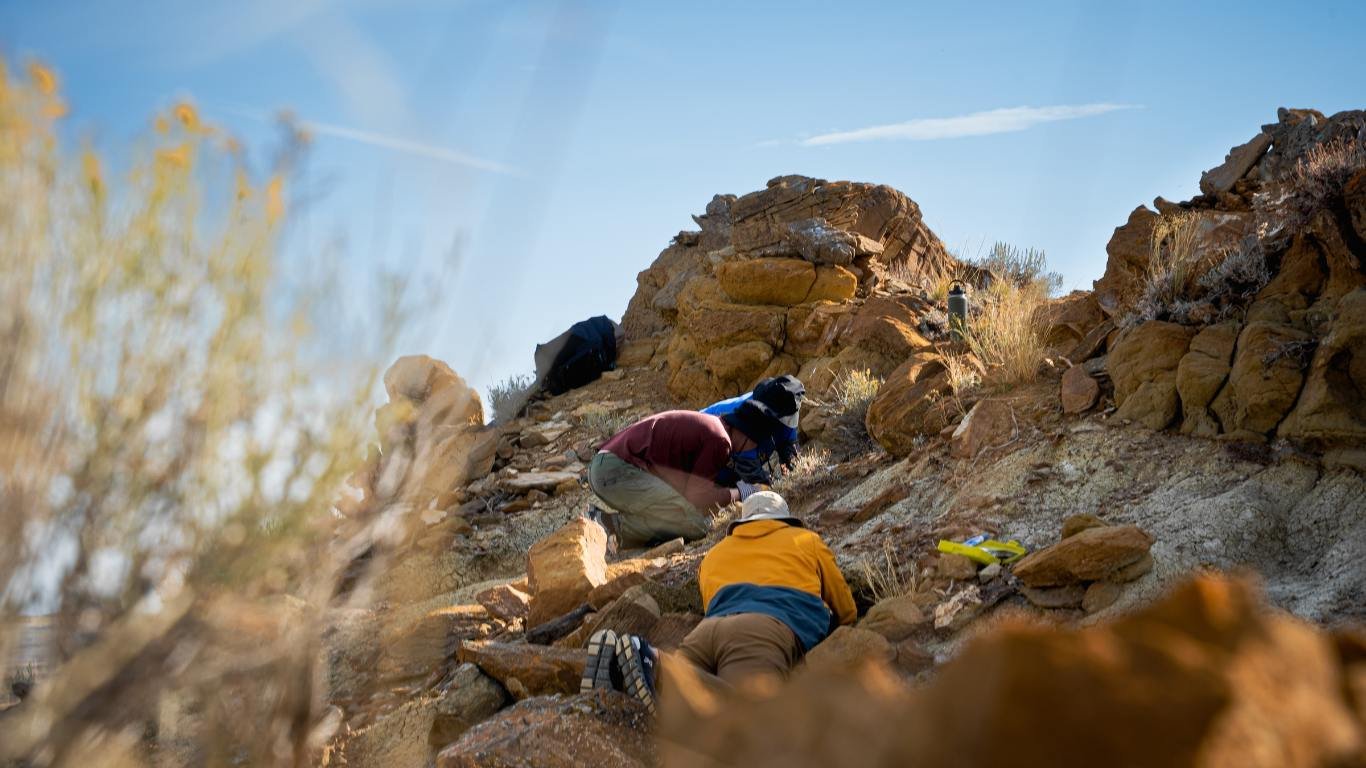
Key Features of the Solution:
-

RFID (Asset Tracking and Monitoring)
Instant Tracking: RFID tags on each fossil or artifact enables real-time monitoring of assets throughout their lifecycle.
Operational Efficiency: Eliminates manual logging by automatically tracking asset movement and performance.
Security: Provides real-time alerts for theft or unauthorized movement, reducing risk.
-

GIS (Location-Based Asset Management)
Mapping and Monitoring: GIS helps create detailed maps of installations, showing the exact location of each asset for easy management.
Performance Optimization: Analyzes fossil or artifact efficiency by location and environmental factors for better energy output.
Site Planning: Supports expansion and future site planning with spatial analytics.
-

Integrated Asset Management
Predictive Maintenance: AI-driven analytics identify potential issues before they cause downtime, ensuring optimal performance.
Lifecycle Management: Tracks each asset's full lifecycle, including maintenance, repairs, relocation, ownership transfers, and more.
Comprehensive Insights: Centralized platform integrates data from all assets to monitor quality and status and identify needed maintenance.
-

Efficiency Gains
Automated Reporting: Saves time by automatically generating reports on asset conditions and maintenance.
Mobile Access for Field Teams: Technicians can access real-time data on mobile devices, improving troubleshooting and reducing time spent onsite.
Inventory Management: RFID and GIS help track spare parts, ensuring quick access to necessary components.
-

Scalability and Integration
Seamless Expansion: The solution scales to accommodate portfolios and collections of any size.
System Integration: Easily integrates with existing asset management, ERP, or SCADA systems for enhanced functionality.

How it works
Tagging the
Asset
Assign the RFID Tag: Attach a unique RFID tag to each artifact, fossil, or sample. Ensure the tag is placed securely and appropriately for the item’s size, material, and fragility.
Record Initial Data: Link the RFID tag to a digital profile in the system, capturing key information such as the item’s description, discovery location (GPS coordinates), and any contextual notes.
Writing Data to the System
Update Digital Records: Add additional metadata to the asset’s digital profile, including photographs, environmental data, and 3D scans if applicable.
Contextualize the Find: Include relevant details like associated research, excavation team notes, or cultural significance, creating a comprehensive digital footprint.
Synchronize Data: Ensure that all updates are synced with the central database in real-time for seamless access by field and remote teams.
Reporting and Monitoring
Generate Real-Time Reports: Use the RFID system to produce updates on asset status, location, and handling, ensuring efficient communication with stakeholders and governing bodies.
Monitor Progress: Track the asset’s journey from field to repository or display, maintaining a transparent and accessible chain of custody.
Share Findings: Export reports or visual data to share with collaborators, institutions, and the public, streamlining engagement and compliance efforts.
ELIMINATE MANUAL ENTRY ERRORS
We work to develop customizable forms and solutions that fit the unique needs of your industry now and into the future. With easy-to-use forms and RFID technology, every time a tag is read, it is time and date stamped to your GPS location making your record keeping free of manual entry errors.
ATTACH PHOTOS AND DOCUMENTS WITH EASE
With our easy-to-use form, documenting your maintenance and inspection records is now done in seconds. Photos and inspection records can be uploaded and available for view from the comfort of your desk as they are completed.
LEADING FROM ANYWHERE
With all inspections compiled into a searchable and sortable database, you can now manage your maintenance needs across geographic locations from the comfort of your desk regardless of your team’s location. Each employee can sign off on their inspections making it easier to manage your team remotely.
From Dig to Display, Every Second Counts
Don’t let inefficiency bury your discoveries. With Dig 2 Display, you can tag, track, and manage your findings seamlessly—saving time, resources, and money while ensuring every artifact and fossil tells its full story. Revolutionize the way you work in the field and prepare for display with real-time reporting, precise asset management, and effortless collaboration. Efficiency starts here—dig smarter, not harder.
